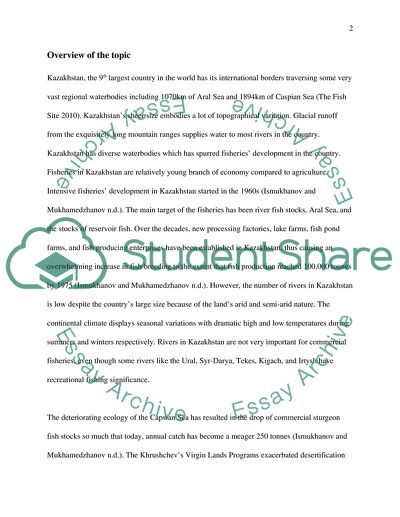Cite this document
(The Fisheries Sector of Kazakhstan Book Report/Review, n.d.)
The Fisheries Sector of Kazakhstan Book Report/Review. Retrieved from https://studentshare.org/environmental-studies/1873490-fish-in-kazakhstan
The Fisheries Sector of Kazakhstan Book Report/Review. Retrieved from https://studentshare.org/environmental-studies/1873490-fish-in-kazakhstan
(The Fisheries Sector of Kazakhstan Book Report/Review)
The Fisheries Sector of Kazakhstan Book Report/Review. https://studentshare.org/environmental-studies/1873490-fish-in-kazakhstan.
The Fisheries Sector of Kazakhstan Book Report/Review. https://studentshare.org/environmental-studies/1873490-fish-in-kazakhstan.
“The Fisheries Sector of Kazakhstan Book Report/Review”, n.d. https://studentshare.org/environmental-studies/1873490-fish-in-kazakhstan.


